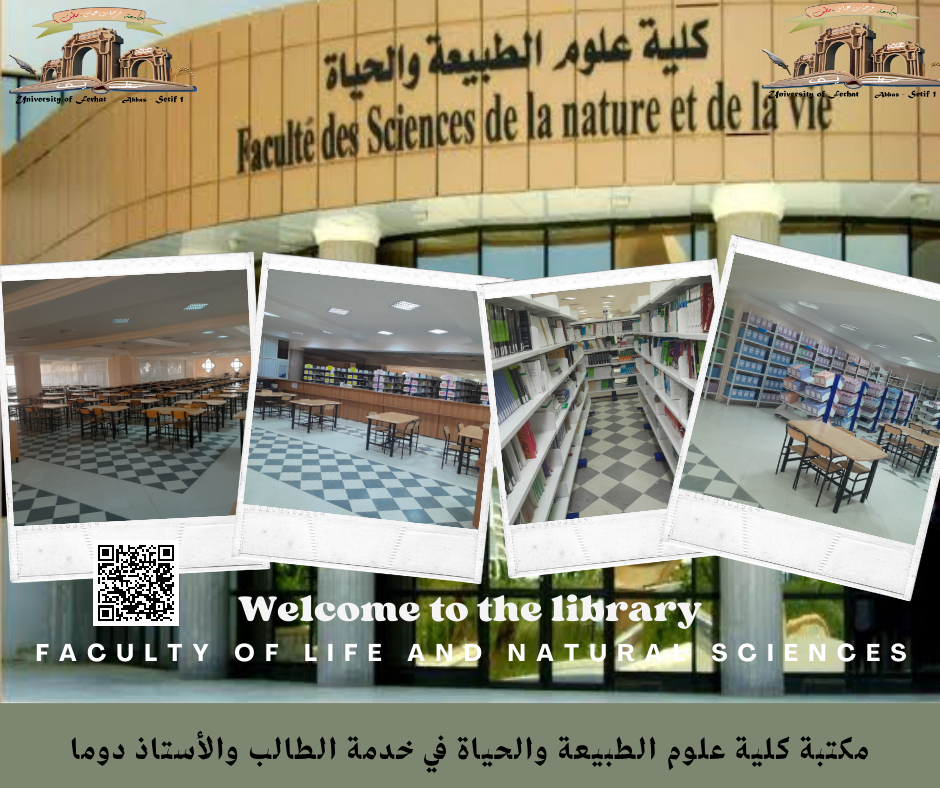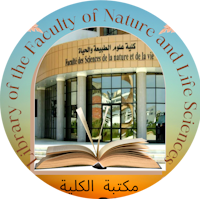|
RÃĐsumÃĐ :
|
Ethnobotanical studies have often focused much more on medicinal plants compared to food plants, such as certain vegetables that have both nutritional and therapeutic properties. In other words, there are rare studies conducted on food plants in Algeria. Our work focused on the ethnobotanical study of the red onion, an undoubtedly local product. The present work aims to study the biological and ethnopharmaceutical activities. It was conducted to highlight its traditional uses. In addition, it aimed to isolate and extract a type of flavonoid from red onion peels. Through chemical selection based on color reactions, the chemical composition and secondary metabolites present in the ethanolic extract were determined. Additionally, quantitative analysis was carried out to estimate the content of phenols, flavonoids, and condensed tannins. The antioxidant activity was also tested. The anti-inflammatory activity and toxicity (in vitro and in vivo) were studied, along with the antithrombotic and antidiabetic activities. The ethnopharmaceutical study showed that most people use onions to treat colds and coughs. Pure quercetin was isolated from onion peels, and the results obtained from the qualitative phytochemical analysis of the ethanolic extract showed the presence of phenolic compounds, terpenoids, alkaloids, coumarins, flavonoids, and terpenes, while saponins, proteins, and anthraquinones were not present. As for the polyphenol, flavonoid, and tannin contents, the results were as follows: 9.37 Âą 0.39 micrograms of gallic acid equivalent, 4.63 Âą 0.60 micrograms of quercetin equivalent, and 7.10 Âą 0.11 micrograms of tannic acid equivalent per gram of dried extract, respectively. It showed moderate antioxidant activity of 1.16 mg/ml. Regarding the anti-inflammatory activity in vivo, it showed strong results of 82.51 Âą 2.95 and 63.0 Âą 6.17 for xylene and croton oil, respectively. In vitro results were 31.54 Âą 2.57% at 8 mg/ml and 31.54 Âą 2.57% at 16 mg/ml.The results confirmed antithrombotic and antidiabetic activities as well. Based on the obtained results, red onion contains many pharmaceutical activities, which are linked to its rich chemical composition of secondary metabolites. The onion peels contain valuable medically important components, namely quercetin. Future research should aim to improve the methods used to target specific compounds in red onions and their peels.
|


